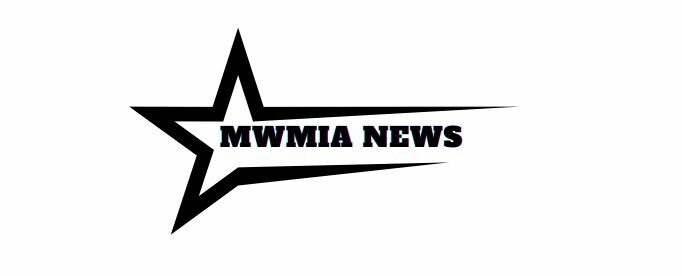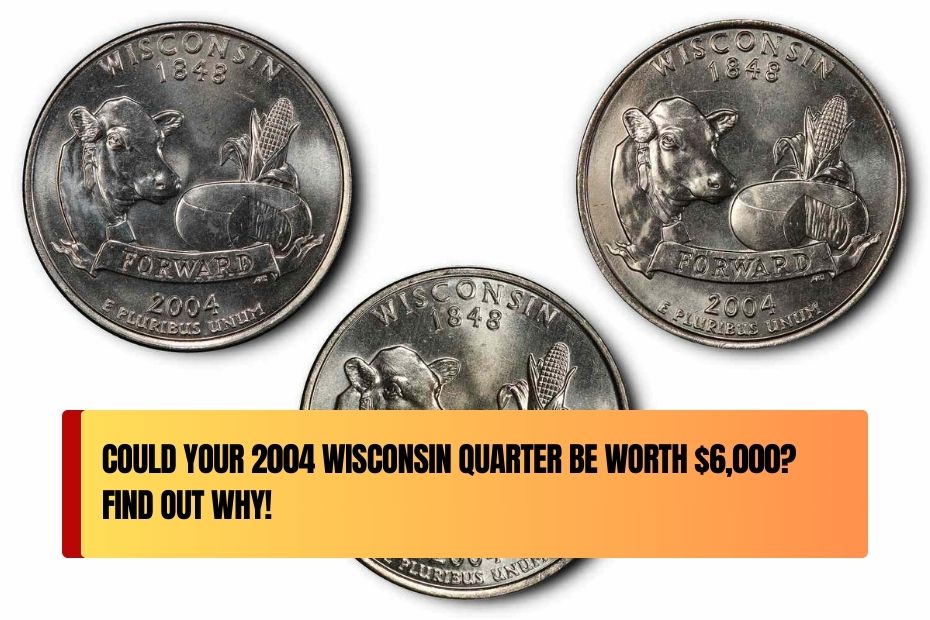If you’re a coin collector or just someone who likes to check your change, you might want to pay special attention to the 2004 Wisconsin State Quarters. While most quarters from that year are worth just 25 cents, some rare versions have a design error that makes them worth a lot more—up to $6,000 in some cases! Let’s explore what makes these coins so valuable and how to spot them.
What Makes the 2004 Wisconsin Quarter Special?
The 2004 Wisconsin quarter is part of the U.S. Mint’s 50 State Quarters Program. This program was created to honor each of the 50 states with a unique coin design. The Wisconsin quarter features symbols that represent the state, such as a cow, a peeled husk of corn, and a wheel of cheese.
However, some of these quarters have a noticeable mistake—a small, extra leaf on the corn husk. There are two types of these errors: a “High Leaf” and a “Low Leaf” variety. These errors make the coin rare and valuable.
The Value of the 2004 Wisconsin Quarter
The value of a 2004 Wisconsin quarter depends on the type of error and the condition of the coin. Here’s a look at how much these coins have sold for:
| Type of Coin | Auction Price |
|---|---|
| 2004 Wisconsin quarter with Low Leaf | $6,000 (January 2020) |
| 2004 Wisconsin quarter with High Leaf | $2,530 (July 2006) |
| Regular 2004 Wisconsin quarter (Denver mint) | $699 (auction price) |
| Regular 2004 Wisconsin quarter (Philadelphia mint) | $1,495 (auction price) |
As shown, a coin with a “Low Leaf” error has sold for a record $6,000, making it incredibly valuable to collectors.
Why Do These Quarters Have Errors?
The extra leaf on the corn husk was likely caused by a mistake during the minting process. According to coin experts, metal shavings could have become lodged in the die, causing the extra leaf to appear. Some people believe that the extra leaves were not just mistakes, but intentional changes made at the Denver Mint, though this is still debated.
How to Identify the Error Coins
If you think you have one of these valuable quarters, here’s how to check:
- Look for the extra leaf: Check the corn husk design. If you see an extra leaf, it could either be a “High Leaf” or “Low Leaf.”
- Examine the mint mark: These error coins were minted at the Denver Mint. If your coin has a “D” mint mark, it could be a valuable error coin.
- Check the condition: The better the condition of the coin, the more valuable it will be. Coins in good condition (without wear and tear) are worth more.
Why Are Error Coins So Valuable?
Error coins are considered valuable because they are unique. These coins were never meant to be released with mistakes, so finding one is like discovering a rare treasure. They are often highly sought after by collectors, and because there aren’t many of them, their value can increase significantly over time.
Conclusion
If you come across a 2004 Wisconsin quarter, take a close look at the design. If it has an extra leaf on the corn husk, you might have found a rare and valuable coin. Depending on the type of error and its condition, it could be worth anywhere from hundreds to thousands of dollars. So, don’t overlook your pocket change—there could be hidden treasure waiting to be discovered!
FAQ’s
What makes the 2004 Wisconsin State Quarter valuable?
The 2004 Wisconsin quarter is valuable because some have a rare design error where an extra leaf appears on the corn husk. These error coins can be worth up to $6,000, depending on their condition and the type of error (High Leaf or Low Leaf).
How do I identify a 2004 Wisconsin quarter with an error?
Look for an extra leaf on the corn husk on the reverse side of the coin. If the leaf points up or down, it’s a “High Leaf” or “Low Leaf” error. Additionally, check for the “D” mint mark, which indicates it was minted in Denver.
Why are error coins so valuable?
Error coins are rare because they were not meant to be released by the U.S. Mint. These coins are highly sought after by collectors, and their uniqueness often increases their value over time.

